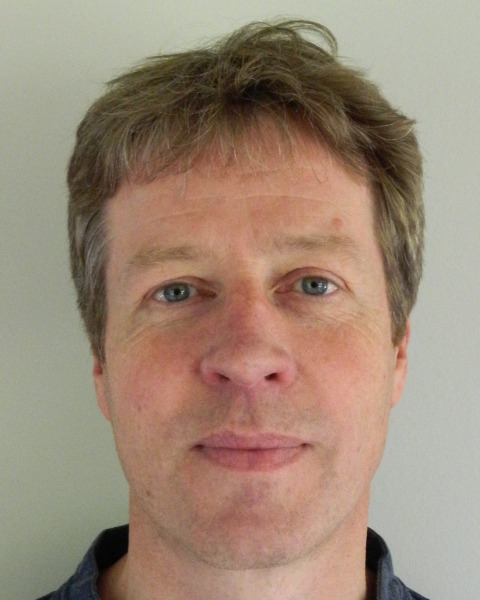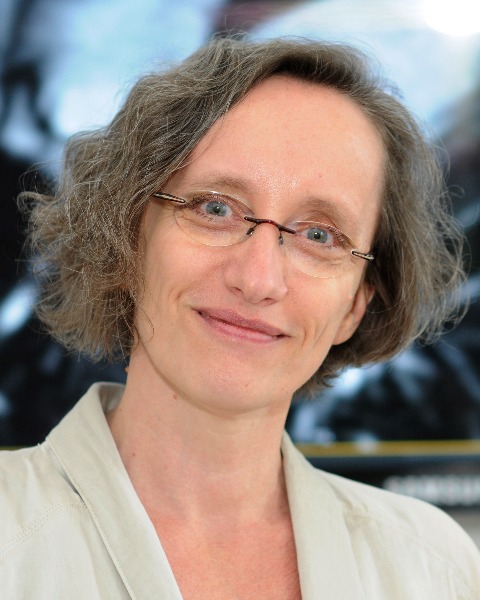Rapid Fire Abstracts
A Multi-Center Study on the Impact of Sequence Types and Field Strengths of 3T and different 7T Scanners on Hemodynamic Parameters of 4D Flow CMR in Healthy Travelling Volunteers (RF_TH_234)
- ED
Elias Daud, MD
Researcher- Cardiologist
Charite-Universitätsmedizin Berlin, Germany - ED
Elias Daud, MD
Researcher- Cardiologist
Charite-Universitätsmedizin Berlin, Germany - RT
Ralf Felix Trauzeddel, MD
Researcher- Medical Doctor
Charité - Universitätsmedizin Berlin, Germany - KD
Katja Degenhardt, MSc
Researcher
Physikalisch-Technische Bundesanstalt, Germany - FK
Felix Krüger, MSc
Researcher
Physikalisch-Technische Bundesanstalt, Germany - NE
Nico Egger, MSc
Doctoral student
Friedrich Alexander University Erlangen, Germany - AN
Armin M. Nagel
Prof. Dr.
Institute of Radiology, University Hospital Erlangen, Friedrich-Alexander Universität (FAU) Erlangen-Nürnberg, Germany 
Rob J. Van Der Geest, PhD
Associate Professor in Medical Imaging
Leiden University Medical Center, Netherlands- NJ
Ning Jin, PhD
Senior Key Expert
Siemens Healthineers - DG
Daniel Giese, PhD
Scientist
Siemens Healthineers, Germany 
Jeanette Schulz-Menger, MD
Head Working Group Cardiac MRI
Charité/ University Medicine Berlin and Helios, Germany- SS
Sebastian Schmitter, PhD
Assistant Professor
Physikalisch-Technische Bundesanstalt, Germany
Presenting Author(s)
Primary Author(s)
Co-Author(s)
Hemodynamic parameters can be assessed using various techniques in Cardiovascular Magnetic Resonance (CMR). One widely and well established technique used in clinical practice is phase-contrast-based two-dimensional blood flow (2D) CMR Imaging, which enables qualitative and quantitative evaluation of blood velocity and flow in various pathologies (1). Four-dimensional (4D) Flow CMR, provides a comprehensive approach by measuring the dynamics within the heart and major blood vessels time-resolved in three-dimensional way, allowing the quantification of flow volume, velocity and other advanced parameters (2). This study aims to investigate flow dynamics and evaluate the comparability and reliability of these measurements across various scanners sites with different field strengths.
Methods:
In a prospective multi-site cohort study, nine travelling healthy volunteers underwent CMR at two different sites in Germany (site I: 3T Skyra fit Magnetom in Berlin and 7T Magnetom in Berlin; site II: 7T Magnetom Terra X in Erlangen; all Siemens Healthineers, Germany, refer to Table 1 for sequence parameters). 4D Flow data was acquired using a research sequence. At site II two scans at 7T were conducted with and without respiratory navigation. Quantitative assessment of forward flow volume (FFV) and peak velocity (PV) across the ascending and descending aorta were conducted using MASS research software (Version 2023-EXP, Leiden University Medical Center, Netherlands) at four different planes: at the height of the sinotubular junction, pulmonary bifurcation, proximal to the origin of the brachiocephalic trunk and descending aorta at the same position and opposite to plane 2. Correlation analyses and intraclass correlation coefficient (ICC) were used to assess comparability and reliability of FVV and PV.
Results:
Comparing site I (3T) with site I (7T) and II (7T) demonstrated moderate to good correlation and agreement: FFV (7T: site I: r=0.50, P< 0.002, ICC=0.651; site II: r=0.76, P< 0.001, ICC=0.794) and PV (7T: site I: r=0.82, P< 0.001, ICC= 0.904, site II: r=0.77, P< 0.001, ICC=0.873). Comparisons site I (7T) and II (7T) demonstrated good agreements for PV (r=0.68, P< 0.001, ICC= 0.812) though with significant differences for FFV (Figure 1). Measurement results for 4D Flow CMR parameters at site II, with and without respiratory navigation demonstrated an excellent correlation and agreement (FFV: r=0.95, P< 0.0001,ICC=0.992), (PV: r=0.95, P< 0.0001,ICC=0.842) (Figure 2).
Conclusion:
4D Flow CMR measurements were successfully acquired at 7T scanner of the newest generation. Hemodynamic results showed moderate to good agreement between the 3T and 7T scanners, though differences were noted between the two 7T scanners for FFV. 4D Flow CMR acquisition with and without respiratory navigation demonstrated excellent agreement between both techniques.

